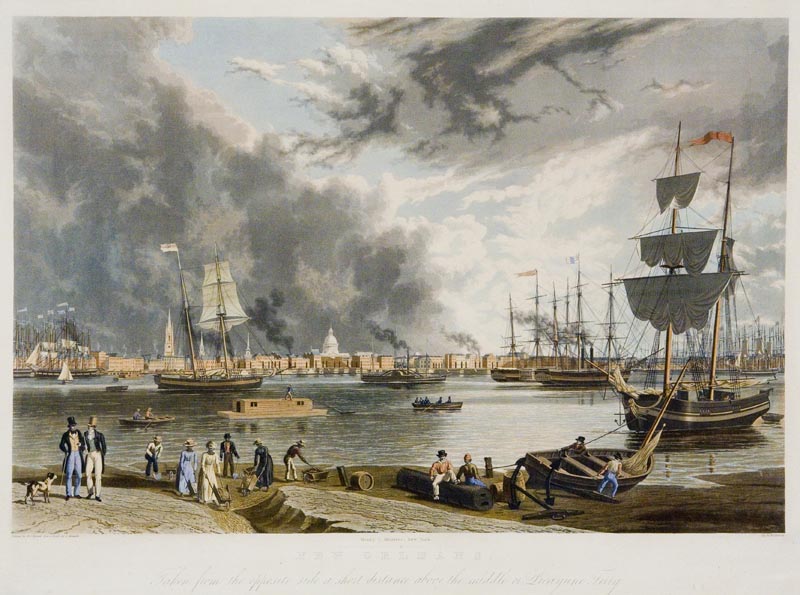During the four decades of national life under the Constitution which ended with the election of Andrew Jackson to the presidency in 1828, the country underwent great transformations. From an insular society, predominantly agrarian and strongly rooted in family and interpersonal communitarian ties, it became a society of continental proportions marked by a great urban and industrial development that weakened the family and caused social instability. During the colonial period, the peopling and colonizing effort had rarely extended beyond a few hundred miles inland. In the first half century after independence, eleven new states were added to the Union, and vast territories were conquered or acquired, soon extending the country’s boundaries from the Atlantic to the Pacific. The population quadrupled, and the influx of immigrants grew enormously.
The new social conditions brought about by industrialization, urbanization, and immigration caused profound changes in lifestyles. The growing influence of the democratic ideology in all social classes stimulated these changes.
Plinio Corrêa de Oliveira, Nobility and Analogous Traditional Elites in the Allocutions of Pius XII: A Theme Illuminating American Social History (York, Penn.: The American Society for the Defense of Tradition, Family, and Property, 1993), Appendix I, pp. 282-283.










